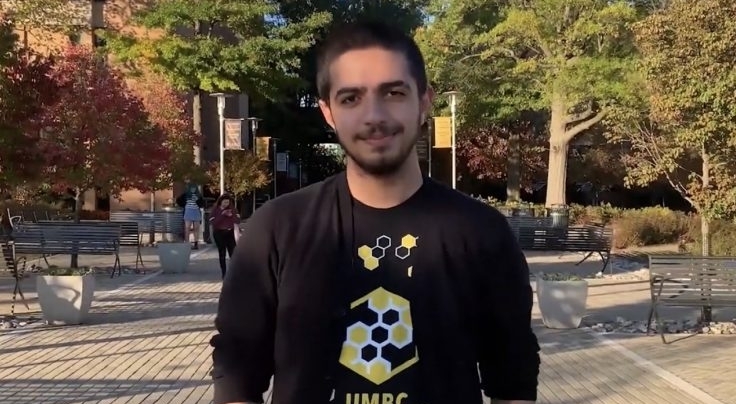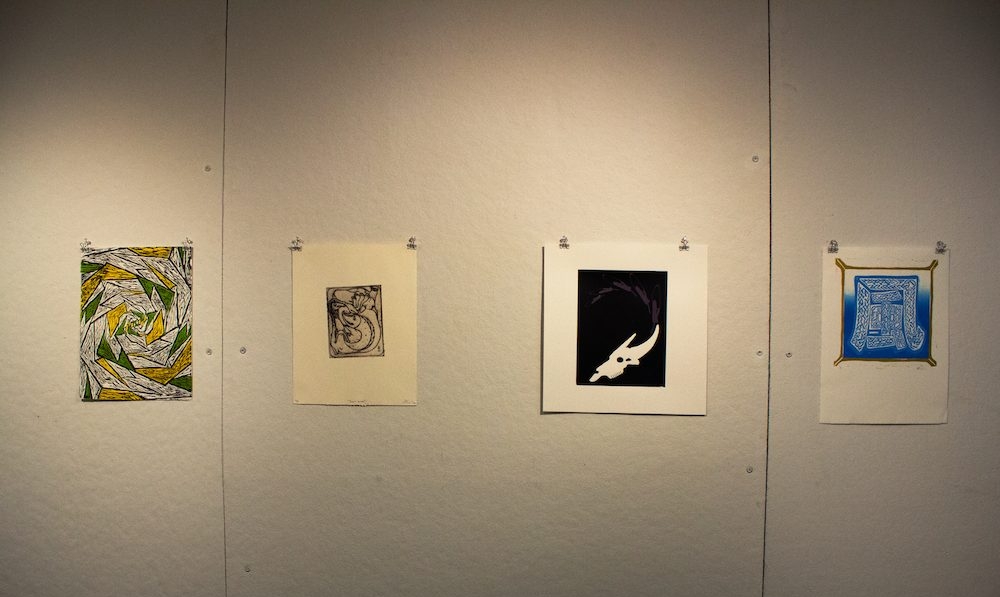Last summer, astronomers around the globe took a sudden interest in an intriguing blast that appeared in the sky. Referred to as the Cow, after its official name AT2018cow, researchers are theorizing as to what could possibly have caused the huge blast 200 million light years away. In fact, UMBC’s very own research assistant, Dr. Amy Lien, who also works at NASA, is part of a team that researched and came up with theories as to how this phenomenon took place.
“My duty is to perform analysis for data collected by the Swift Burst Alert Telescope,” Lien says of her role. Currently, she is part of a team delving into the Cow called the Neils Gehrels Swift Observatory and has colleagues from Britain and Italy. Recently, she was able to present their findings at the AAS’s meeting in Seattle. “Our team used the data from the Neil Gehrels Swift telescope for our research,” she said.
Swift, launched in 2004, is able to study gamma ray bursts, among other astronomical phenomenons. “It has three different instruments,” Lien says, describing the astronomical instrument with a diagram. “One measures gamma-ray energy, a UV/optical telescope, and finally an X-ray telescope altogether on Swift.”
Last June, 200 million light-years away at the edge of a dwarf galaxy named Z 137-068 resided a white dwarf. A white dwarf is a very dense star, formed from the collapse of a sun-like star after it ran out of its nuclear fuel. This was pulled towards a black hole, stretching and tearing it apart before it was completely destroyed. Energy was released from the star’s debris, creating a hot opaque sphere, with a layer of cocoon surrounding the extremely hot center. Lien believes this is what caused the bright explosion that captivated astronomers’ interests worldwide.
What makes the Cow interesting, according to Lien and her team, is the fact that the black hole was not at the center of a galaxy, which is where astronomers usually find massive black holes. Furthermore, the white dwarf did not contain carbon, nitrogen, and only a small trace of oxygen, which are normally found in main-sequence stars, instead containing helium. “Therefore, since these elements don’t match that of a normal main-sequence star, we believe the object to be a white dwarf,” she said.
Of course, since this is an international effort and other teams of scientists are at work, Lien and her team’s theory is not the only one floating around. “The reason there are so many different theories about this is because there isn’t enough data,” she said. Nevertheless, her team is inspired by their findings and are currently awaiting more information from the Swift telescope and other ground-based observatories, as it collects more data. Lien says that this event is significant as it can also be a teaching moment for scientists, as they can learn more information about stars and how they form and die.

